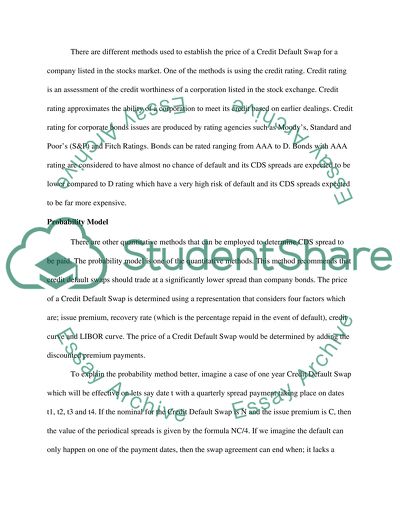Cite this document
(“A Credit Default Swap (CDS) Coursework Example | Topics and Well Written Essays - 2250 words”, n.d.)
Retrieved from https://studentshare.org/finance-accounting/1395851-a-credit-default-swap-cds
Retrieved from https://studentshare.org/finance-accounting/1395851-a-credit-default-swap-cds
(A Credit Default Swap (CDS) Coursework Example | Topics and Well Written Essays - 2250 Words)
https://studentshare.org/finance-accounting/1395851-a-credit-default-swap-cds.
https://studentshare.org/finance-accounting/1395851-a-credit-default-swap-cds.
“A Credit Default Swap (CDS) Coursework Example | Topics and Well Written Essays - 2250 Words”, n.d. https://studentshare.org/finance-accounting/1395851-a-credit-default-swap-cds.


